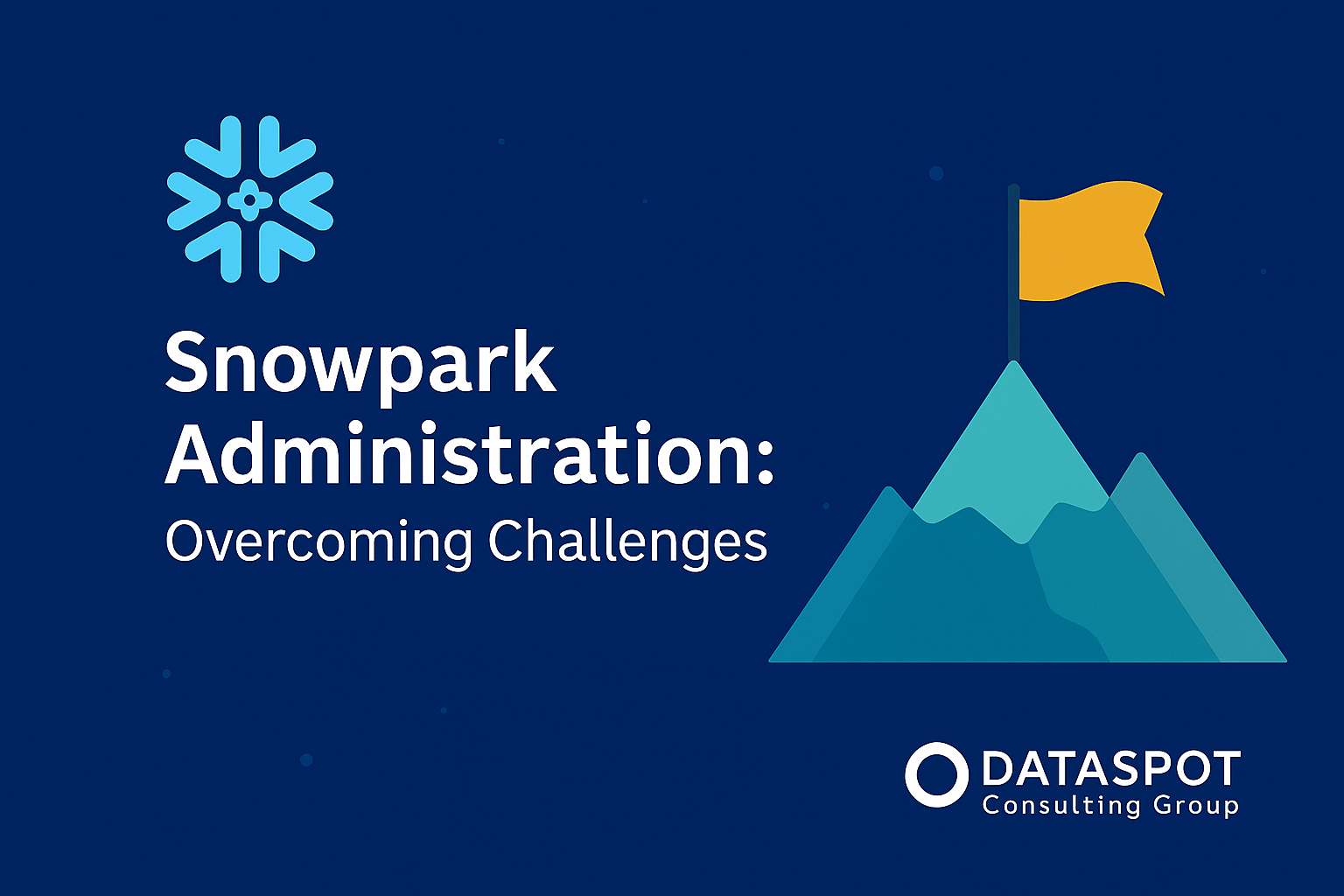Navigating the AI Revolution: Key Trends Shaping 2025
Navigating the AI Revolution: Key Trends Shaping 2025
AI is no longer the future, it’s the present.
From boardrooms to factory floors, AI is transforming industries at an unprecedented pace. In 2025, enterprises must embrace a new wave of AI-driven innovations to remain competitive.
So, what are the most significant AI trends shaping the future? Let’s explore.
1. Autonomous AI Agents: From Tools to Decision-Makers
AI is evolving beyond automation and taking on decision-making roles. Autonomous AI agents, powered by large language models (LLMs), are being integrated into business operations for customer support, financial analysis, and supply chain management. Companies leveraging AI agents will achieve greater efficiency and scalability.
For instance, AI-powered chatbots are moving beyond scripted responses to real-time decision-making, enhancing customer interactions.
Key Players: OpenAI’s GPT models and Azure AI services are leading the development of autonomous AI solutions for enterprises.
2. Enterprise LLMs: Custom AI Models for Businesses
While general-purpose models like OpenAI’s ChatGPT and Google Gemini dominate the market, enterprises are increasingly developing custom AI models tailored to industry-specific needs.
Why it matters:
- Businesses in finance, healthcare, and manufacturing require AI that understands sector-specific language and regulations.
- Companies investing in private LLMs gain a strategic edge with enhanced data security and compliance.
Key Players: Snowflake and Databricks provide scalable AI infrastructure, enabling businesses to deploy industry-specific models with secure data governance.
3. AI & Compliance: Navigating Tightening Regulations
Governments worldwide are introducing stricter AI regulations, from the EU AI Act to evolving US compliance policies. In 2025, organizations must implement responsible AI frameworks to mitigate legal and ethical risks.
Businesses prioritizing AI governance will build trust, avoid penalties, and maintain regulatory compliance.
Key Players: AWS and Azure offer AI compliance tools to help enterprises stay ahead of regulatory changes.
4. Cloud vs. Edge AI: Optimizing AI Deployments
AI is shifting closer to the source of data. Instead of relying solely on cloud-based AI, businesses are adopting Edge AI, where models run on local devices such as IoT sensors, smartphones, and industrial systems.
Benefits of Edge AI:
- Reduces latency for real-time processing.
- Enhances privacy and security by keeping sensitive data on local devices.
- Optimizes network bandwidth by limiting cloud dependency.
Key Players: AWS and Azure provide edge computing solutions that integrate seamlessly with cloud-based AI.
5. AI & Sustainability: A Focus on Green AI
As AI adoption grows, so does its energy footprint. Companies are now prioritizing energy-efficient AI models that minimize power consumption while maintaining high performance.
For example, AI-driven cooling systems in data centers can reduce energy consumption by up to 40%, making AI operations more sustainable.
Key Players: Snowflake and Databricks are pioneering green AI models that balance efficiency and sustainability.
The Future is Now – Are You Ready?
The AI landscape is evolving rapidly, and businesses that adapt will define the next decade. Whether deploying AI agents, customizing enterprise LLMs, or ensuring compliance, staying ahead of these trends is crucial.
Want to stay updated on AI’s rapid evolution? Subscribe to the DataSpot Newsletter for expert insights on AI strategy, governance, and enterprise applications.
📢 Follow us on social media for real-time AI updates and insights:
LinkedIn | Twitter | Facebook
Need expert guidance on AI implementation? Let’s connect! Get in touch with DataSpot’s specialists to navigate the AI revolution.
#AI #ArtificialIntelligence #MachineLearning #DataAnalytics #EdgeAI #EnterpriseAI #Sustainability #AITrends #BigData #DataEngineering







